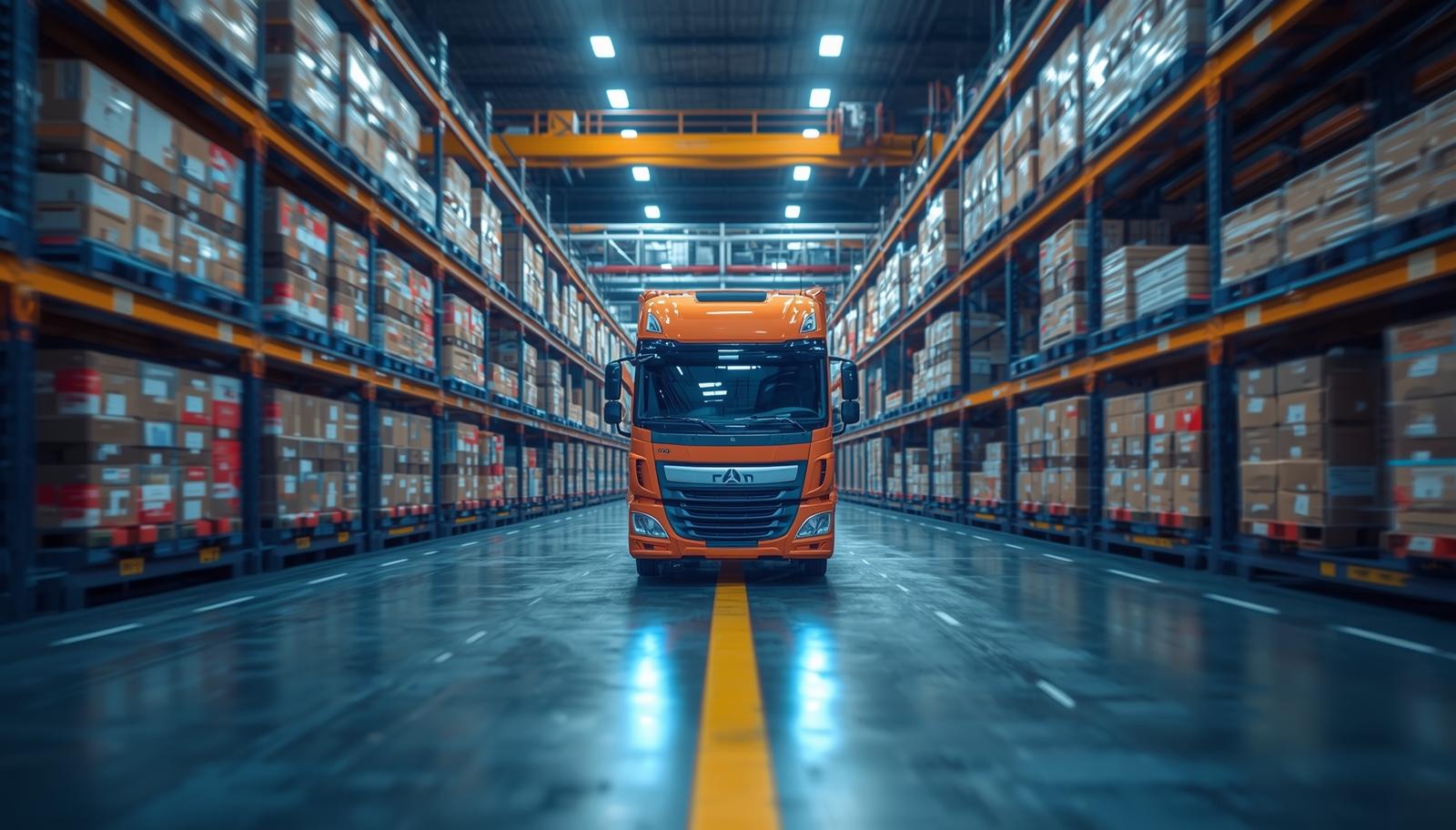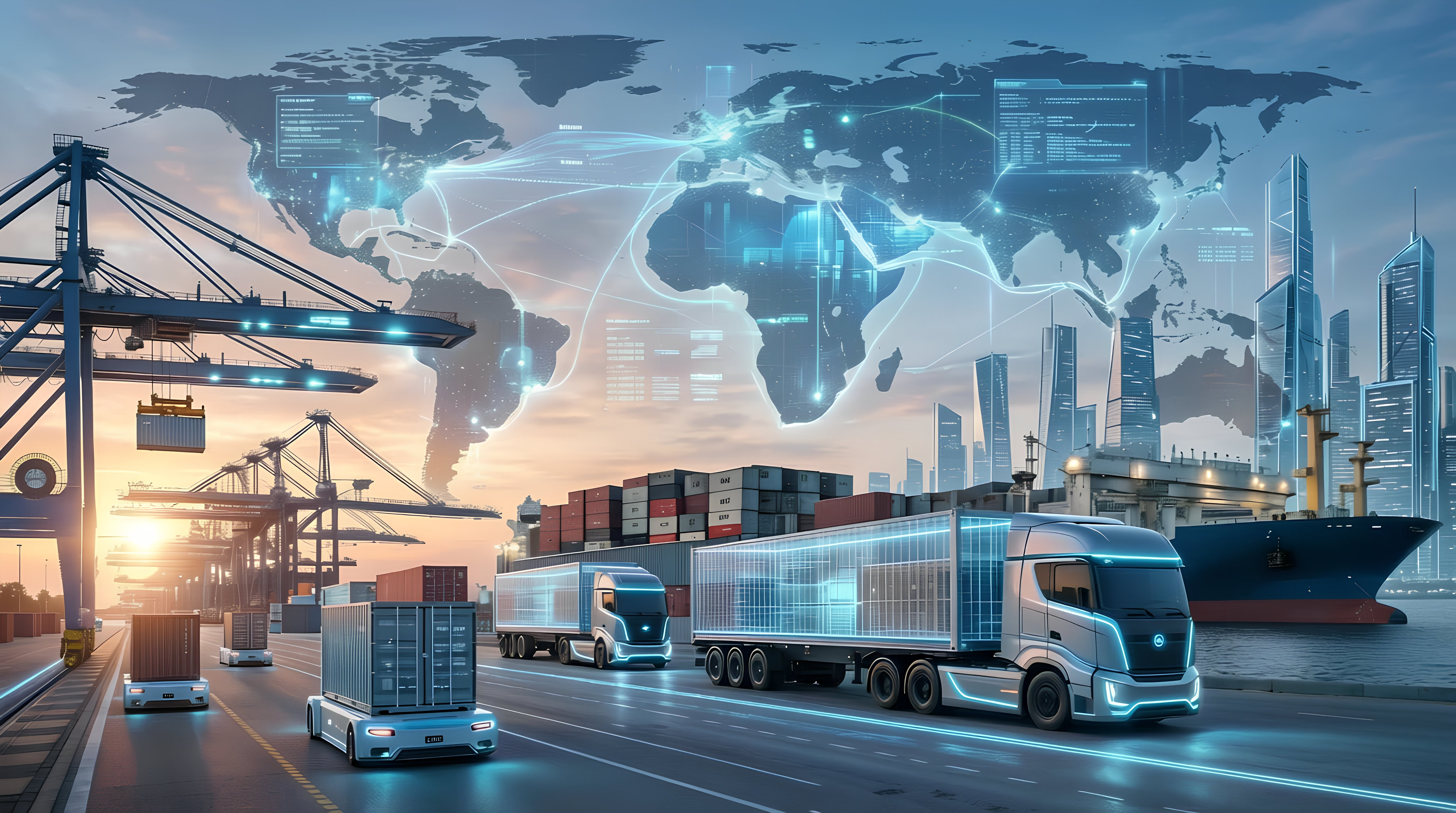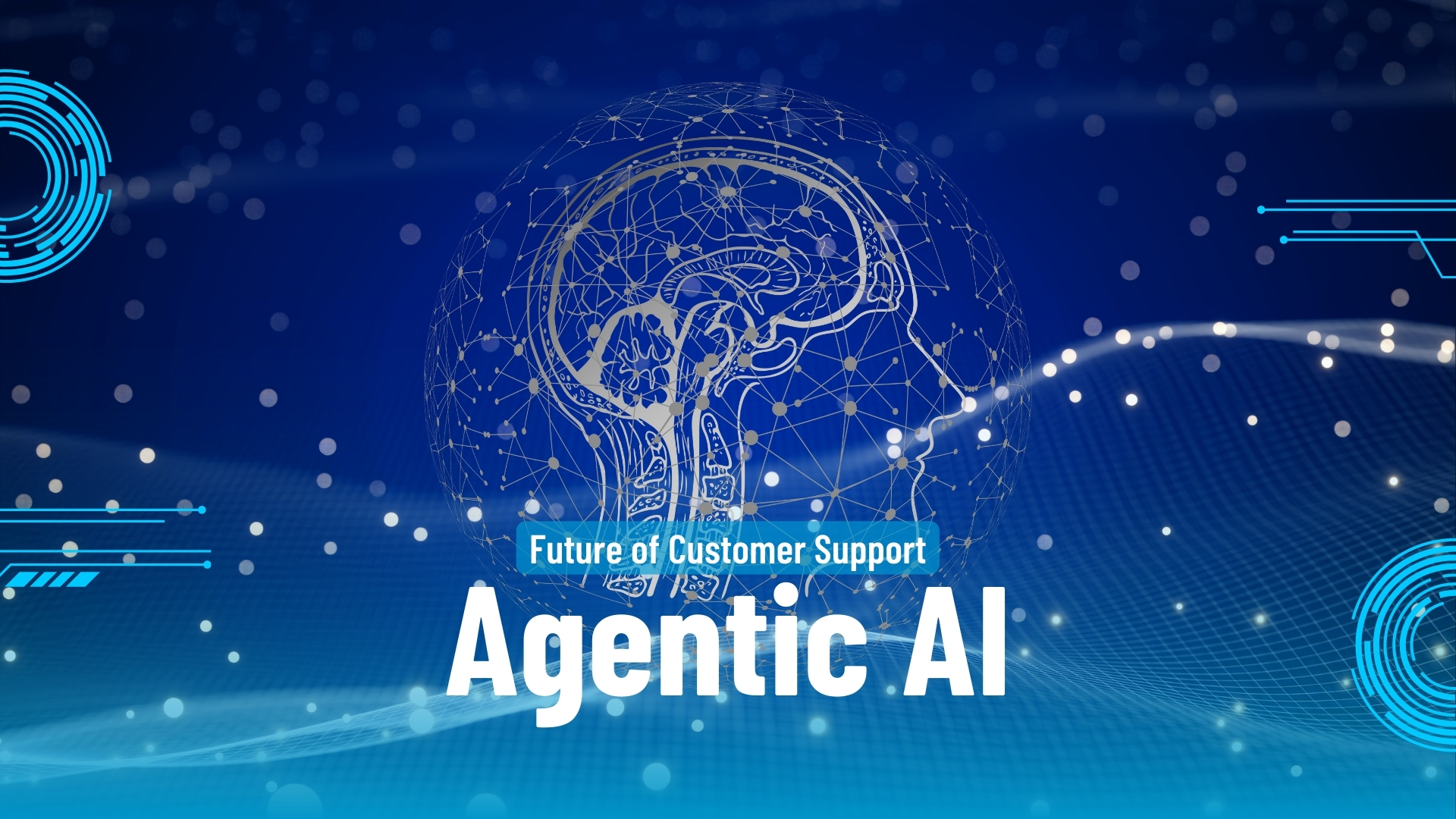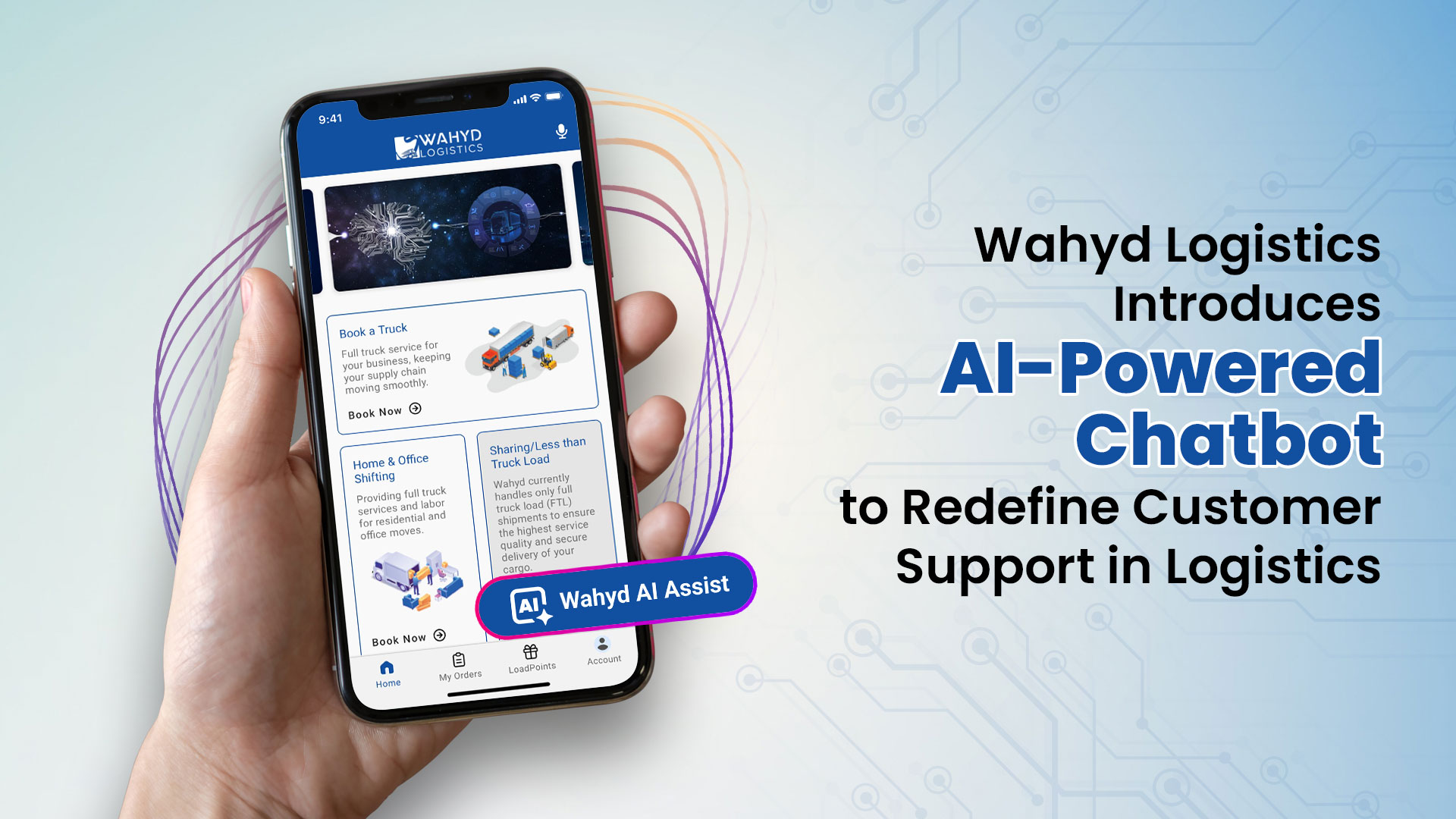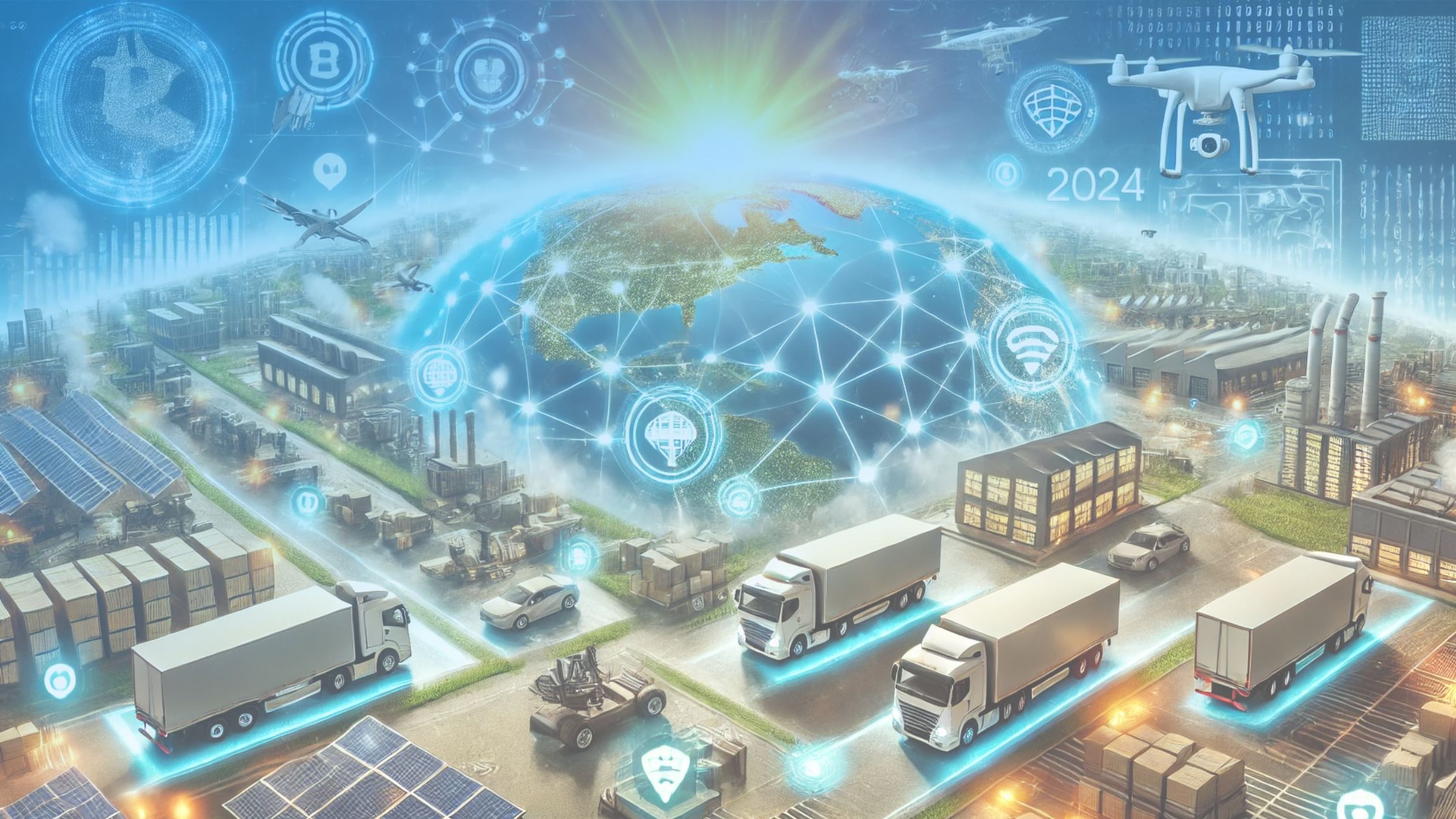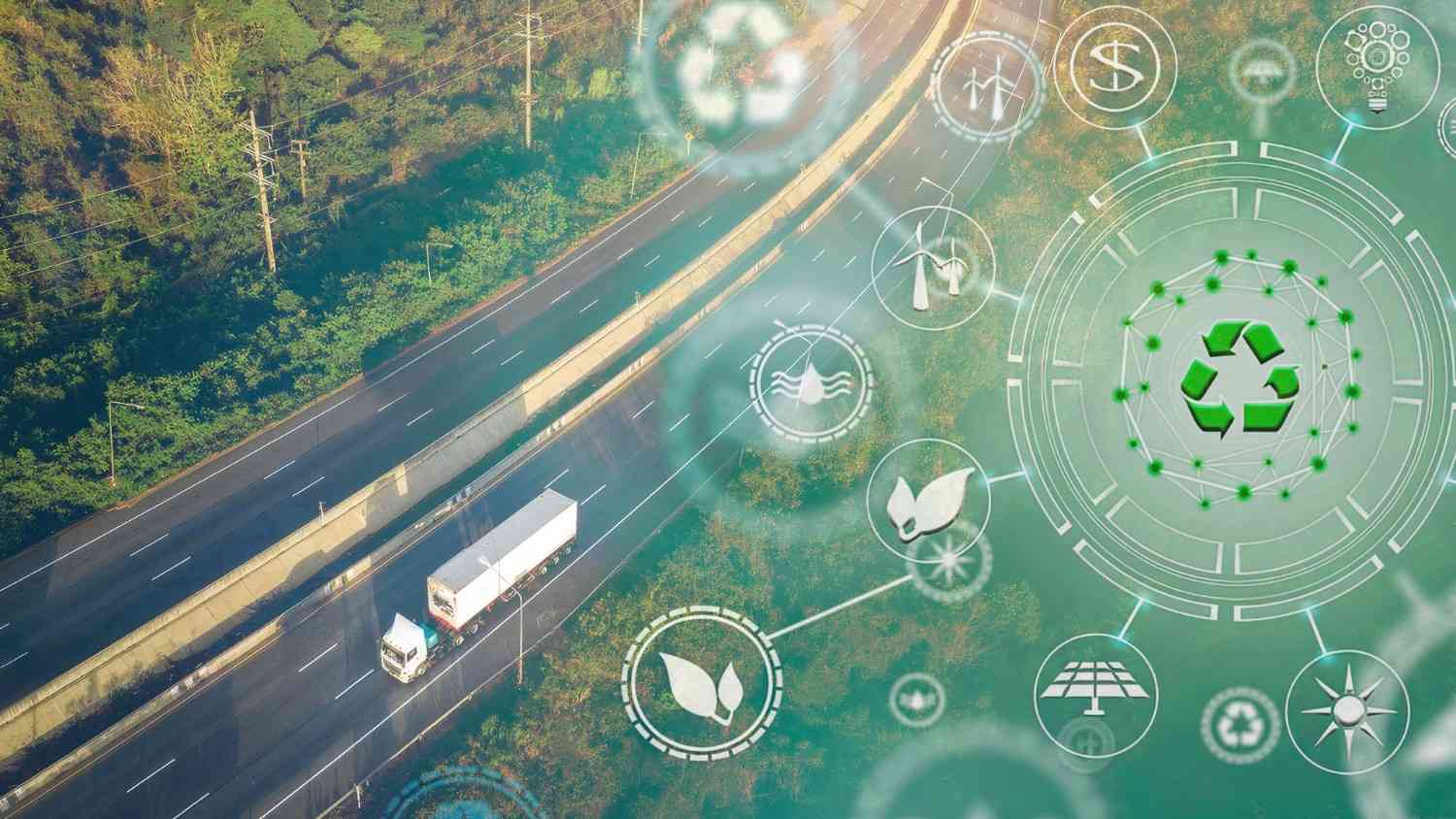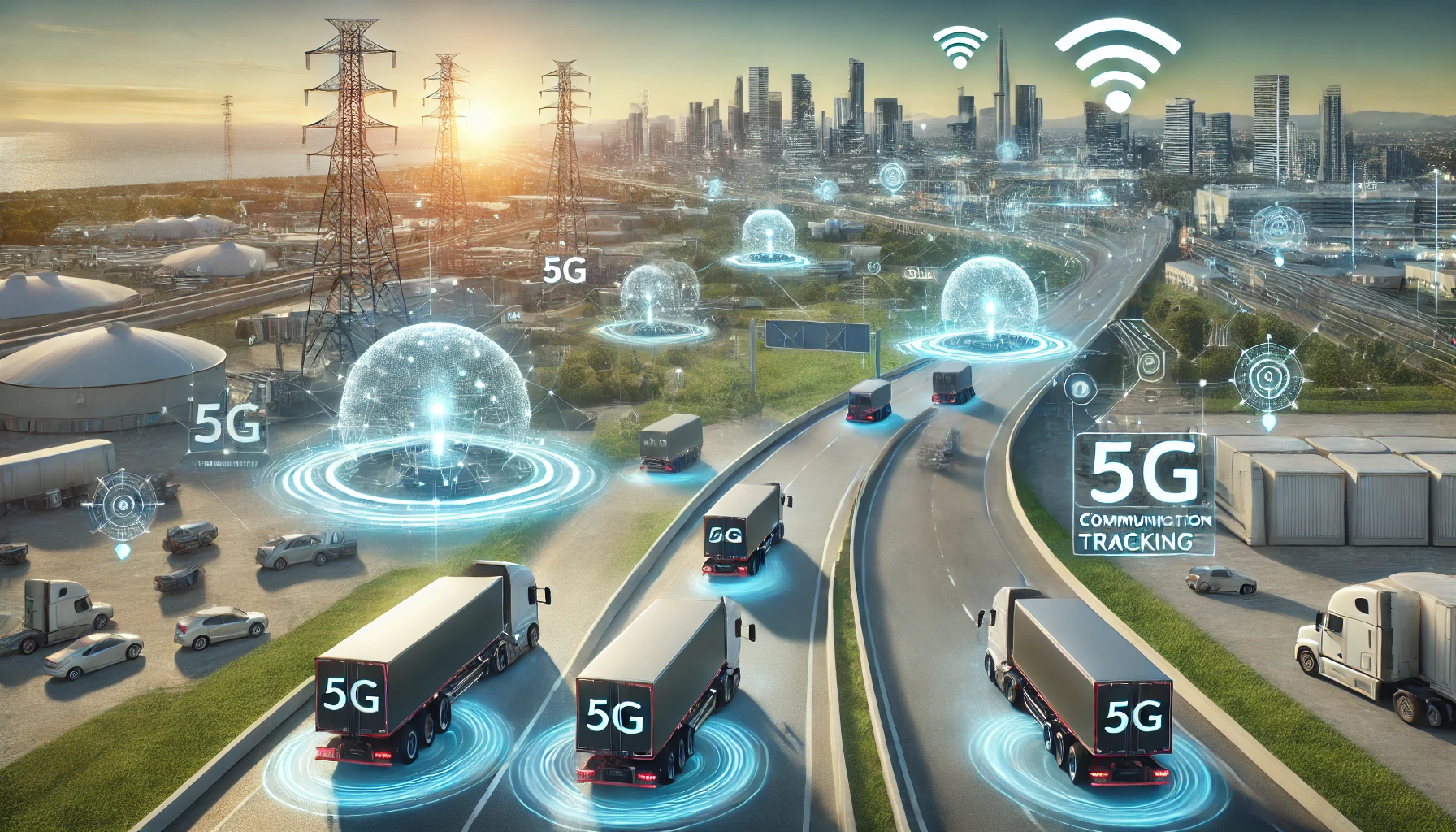
With the introduction of 5G technology, a transformation is rapidly occurring in the field of logistics. The trucking logistics as well as third-party logistics, commonly known as 3PL, are about to be completely changed by this first-rate digital connection because it will make them efficient like never before and also give room for invention. Let us examine the impact of 5G on these areas and what signals for tomorrow.
Enhanced Real-Time Tracking and Monitoring
Enhanced real-time tracking and monitoring make use of 5G’s low latency data transfer and high-speed line to provide instant and accurate updates on shipment locations and statuses, thus enhancing transparency and operational efficiency.
Increased Speed and Bandwidth
5G has high-speed data transfer capabilities which is one of its most significant advantages and this helps in real-time tracking and monitoring of shipments with unprecedented accuracy. When companies use 5g technology they are able to give exact locations and status updates during delivery to clients making sure they are satisfied with the shipment process. As a result, every delivery stakeholder has information about what is happening in the process, and therefore the odds of making mistakes or delaying anything become almost zero.
5G’s Lower Latency
5G’s lessened latency implies that there is a minimal time delay in data transmission. This is very important in making quick decisions based on real-time information (for example: in transportation). It is important to rapidly create alternate routes or react to different changes like traffic congestion whenever they occur to enable timely and efficient deliveries; specifically under traffic regulations where there are different time deadlines set out by laws i.e when there is less congestion on roads than during peak hours so deliveries take less time. Logistics operators’ prime concern is for goods movements to reach their destinations within time limits prescribed by regulations. Therefore instant decision-making using real-time data will significantly increase the efficiency of all logistical processes.
Improved Communication and Connectivity
Enhanced communication and connectivity with 5G enable seamless interactions between vehicles, logistics hubs, and drivers, reducing miscommunication and operational delays.
Seamless Connectivity
5G technology makes sure that vehicles can communicate with one another as well as with logistics hubs and drivers. Thanks to this better interconnection, there’s less chance for misunderstandings or mistakes, which results in faster processes without interruptions. Every person involved in logistics should be logged into the system so that they can get the latest updates on their roles regardless if they are dealing with one truckload worth of goods or they have to take care of several dispatches simultaneously. In logistics, however, time is of the essence and accuracy is of utmost importance.
Vehicle-to-Everything (V2X)
Vehicle-to-Everything (V2X) communication and 5G technology are life-saving elements when it comes to interaction, interaction between trucks and other vehicles, traffic signals, and infrastructure, and this is made much simpler with 5G in existence. If applied, V2X communication is said to lead to improved fuel economy by providing real-time traffic data that can be used to select the most fuel-efficient routes and fine-tune vehicle operation methods. The main point is: if activated, this аuтомоbіlе will savе mоrе fuеl using prоvіding drivers with the bеst wауs of drіvіng as well as suggesting the best rоutеs.
Advanced Automation and AI Integration
Advanced automation and AI integration in logistics leverage 5G to enable real-time data analysis, supporting autonomous vehicles, predictive maintenance, and efficient route optimization.
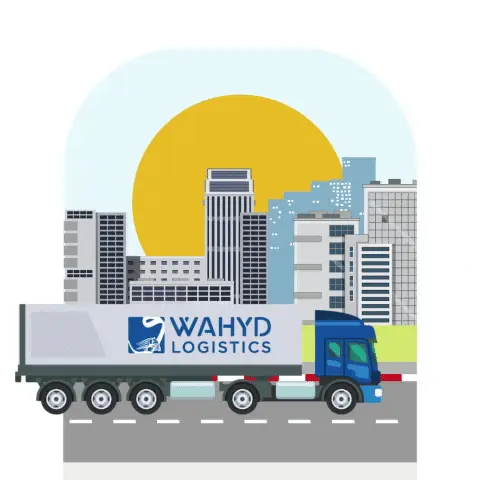
Autonomous Trucks
5G’s speed and near-zero latency make it indispensable for the self-driving trucks’ functioning and growth. For safe and quick navigation on roads, they need immediate transmission of information. The dependence on human drivers can be minimized by reducing the operation time, making it more productive. Enabling self-driven vehicles to exchange information with roads and other facilities more quickly for swift responses in case of any eventualities, the installation of 5G technology on autonomous trucks can lead to increased security.
AI and IoT Integration
5G ensures that integration of Artificial Intelligence (AI), as well as Internet Things (IoT) within logistics, can be achieved. In predictive maintenance, demand forecasting, and route optimization, AI can easily analyze large data volumes as they occur. The status of products while they are in transit can be checked using smart sensors among other IOT devices to make sure that they are kept under certain conditions. AI combined with IoT can make warehouse operations better through inventory management automation and lowering levels of stockouts and overstocking risks.
Cost Efficiency and Sustainability
Cost efficiency and sustainability involve minimizing expenses and resource usage while maximizing environmental benefits and long-term viability.
Fuel Optimization
The most effective ways and most effective routing systems can be given to us by the 5G from live data that can help lower the consumption of fuel. This optimization reduces fuel consumption, lowering operational costs and minimizing the environmental impact of trucking. Fuel consumption can be minimized by logistic companies to lower their carbon footprint and help in creating a sustainable future.
Reduced Downtime
5G allows for predictive analytics to portray potential issues before they get critical. For example, sensors on the truck might be able to see/recall or detect that one piece is almost getting worn out and pave the way for possible repairs before it is too late. This way, it not only reduces downtime but also ensures that the truck is kept moving hence enabling the uninterrupted flow of goods. Besides, predictive maintenance can help prolong vehicle life spans by cutting down breakdown chances thereby boosting logistics operation dependability.
Real-World Impact and Future Prospects
Industry Growth
The global 5G market is projected to reach $668 billion by 2026, driven by its applications across various industries, including logistics. This growth is expected to significantly benefit the trucking and third-party logistics (3PL) sectors as companies invest in 5G infrastructure and technology to remain competitive. The adoption of 5G technology is anticipated to drive innovation, improve logistics operations efficiency, and lead to substantial cost savings and productivity gains (Allied Market Research) (GlobeNewswire).
Increased Adoption
As more logistics companies adopt 5G, enhanced data analytics, improved customer service, and more efficient operations will become standard, elevating the entire sector. Additionally, the widespread adoption of 5G is expected to spur the development of new business models and services, further transforming the logistics industry (Allied Market Research).
Conclusion
The emergence of 5G technology has altered trucking and third-party logistical services immensely by transforming how they are designed and run. This has been achieved through implementing automation, cost efficiency strategies as well as improving communication systems to ensure that tracking of goods in real-time is possible. By doing so, we can say with confidence that 5G is pushing forward the future of trucking logistics (as well as towards 3PL services). Its impacts on logistics will only continue increasing as time goes on thereby leading to a more connected and sustainable logistics ecosystem that is both efficient as well.
How Can Wahyd Logistics Help?
With expertise in Logistics and a long list of happy customers, Wahyd Logistics is always committed to providing seamless logistics services that cater to your business requirements.
We are here to offer you hassle-free and customized logistics solutions, so you can do more with your business while we handle all the challenging tasks!
Contact our logistics experts today and we will be happy to help with your logistics.

